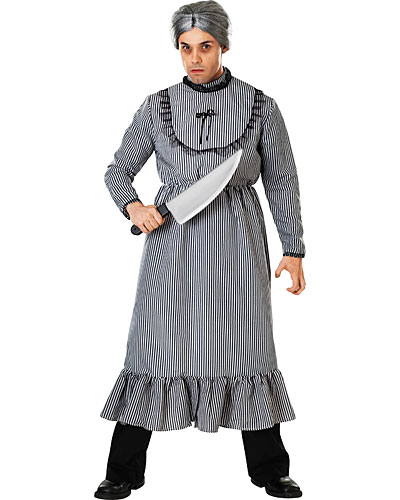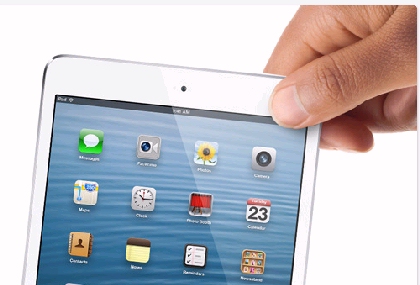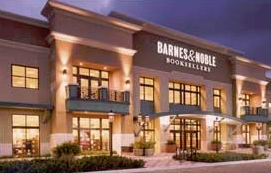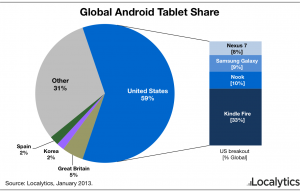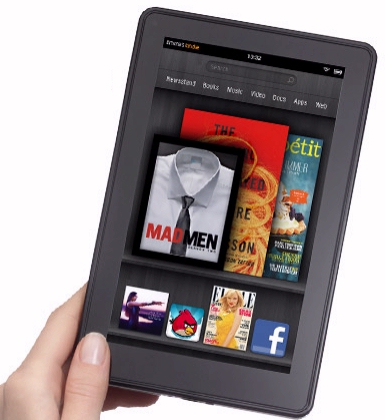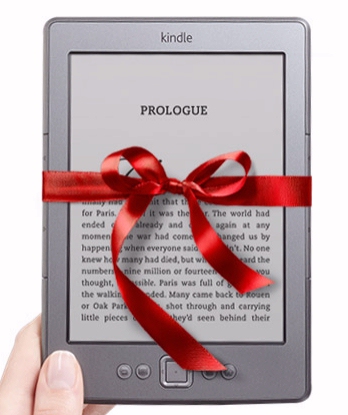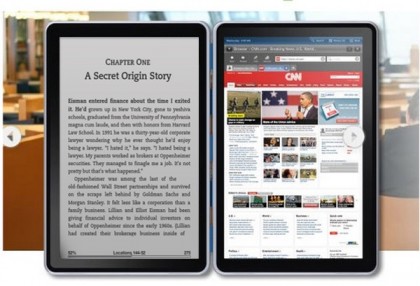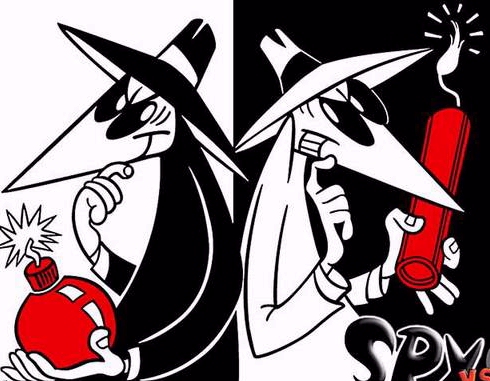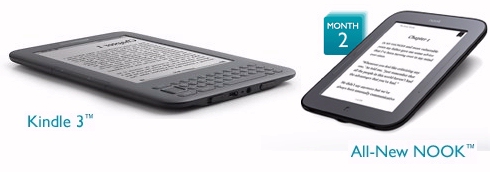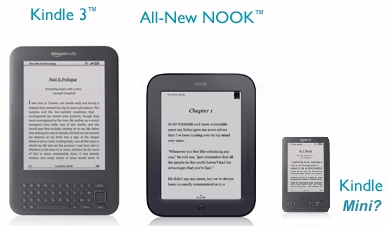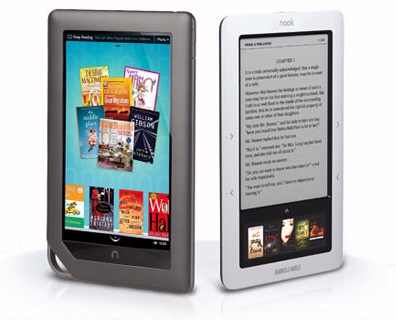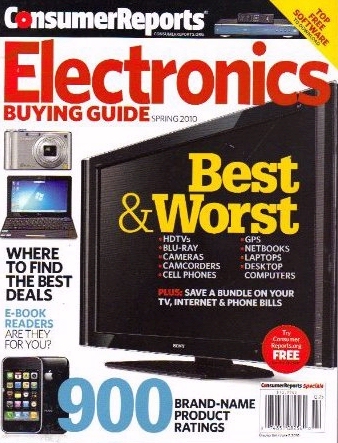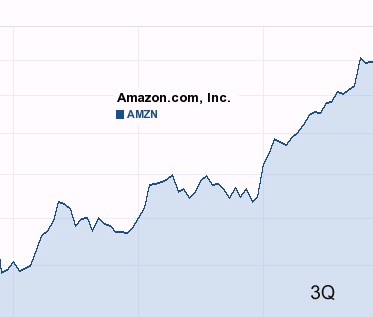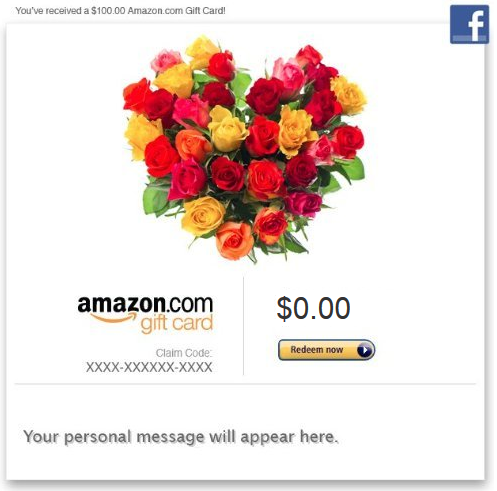
It’s Valentine’s Day all around the world — and some of the celebration has even found its way to the web. Amazon is sharing some fun ideas for last-minute Valentine’s Day gifts, and there’s also an ebook sale at Barnes and Noble, plus some special offerings from Google and O’Reilly Media!
“It’s Not Too Late” read a headline this morning on the front page of Amazon. They’re offering specially-designed gift cards with a Valentine’s Day theme that you can print out (today!) as a gift for your sweetheart. (And for some of the cards, they’ll even let you include your own picture!) But for an even fancier twist, they’ll let you deliver your digital Valentine’s Day gift certificate via Facebook — and one of their choices is a full-motion “Video Starring You”. You upload photos of yourself and the ones you love to, in Amazon’s words, “Create a hilarious JibJab video starring you or your friends.” (One of them features Sonny & Cher’s classic ’60s love duet “I’ve Got You Babe” — and the video splices your photos onto the bodies of two hippie flower children! )
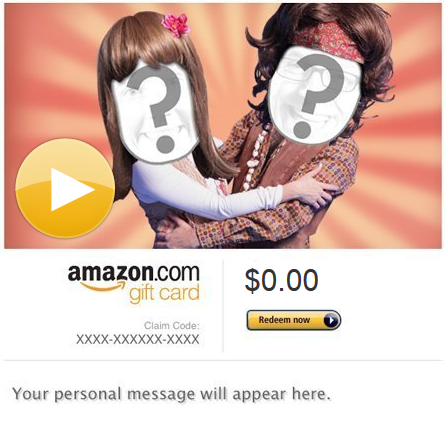
Some of the other digital gift cards are also animated (like this lovely cartoon from Hallmark showing two doves kissing…) In fact, there’s more than 350 cards to choose from — though that’s their entire selection for the year, so some have a “birthday” theme or make specific mentions of other holidays. Of course, Amazon’s also offering a discount today on their Kindle Fire tablets. Amazon’s giving an $80 discount today on their big 8.9-inch Kindle Fire HD (or $40 off on their newer Kindle Fire HDX). And the smaller 7-inch tablets have also been discounted, too — a Kindle Fire HD now costs just $124 today, and the Kindle Fire HDX is just $199…)
tinyurl.com/KindleFires

But Amazon’s not the only one who’s getting into the holiday spirit. If you visit the web site for O’Reilly Media today, you’ll discover that their technology ebook sale has a special Valentine’s Day twist. Their offering a 50% discount on any of their books which have a cover that’s pink! “This year, forego the mushy cards and chocolates and get to the heart of your passion,” reads the tongue-in-cheek message on their web site. (“From Python to Git to Erlang to C — and everything in between — these titles are sure to excite….”)
And if instead you’re the kind of geek more interested in mobile gaming, the Nook Store is giving away a free app today that plays 12 different card games — all for single players — “now including special Valentine’s Day graphics!” (And their discounted ebook of the day is complete box set of the Stars of Mithra trilogy by best-selling romance author Nora Roberts — all three volumes for just $2.14.)
This morning I noticed that even Google’s getting into the fun. Their Google Play Store has discounted five “romance reads” to just 99 cents, and they’ve also got a free video from Walt Disney studios with a Valentine’s Day theme. They’re also touting a “75% Off” sale on inspiring biographies that lasts all weekend long. But there’s also a very special animation on the Google home page with a very touching message. There’s six candy hearts, but when you click on them, a poignant audio clip starts to play. “For Valentine’s Day, as people everywhere search for love — something a search engine might not be the ideal tool for — each of these candy hearts brings you a true story of love,” begins the narration by “This American Life”. But then it switches to the voices of real people, who describe when they first fell in love.
Happy Valentine’s Day, everybody!
